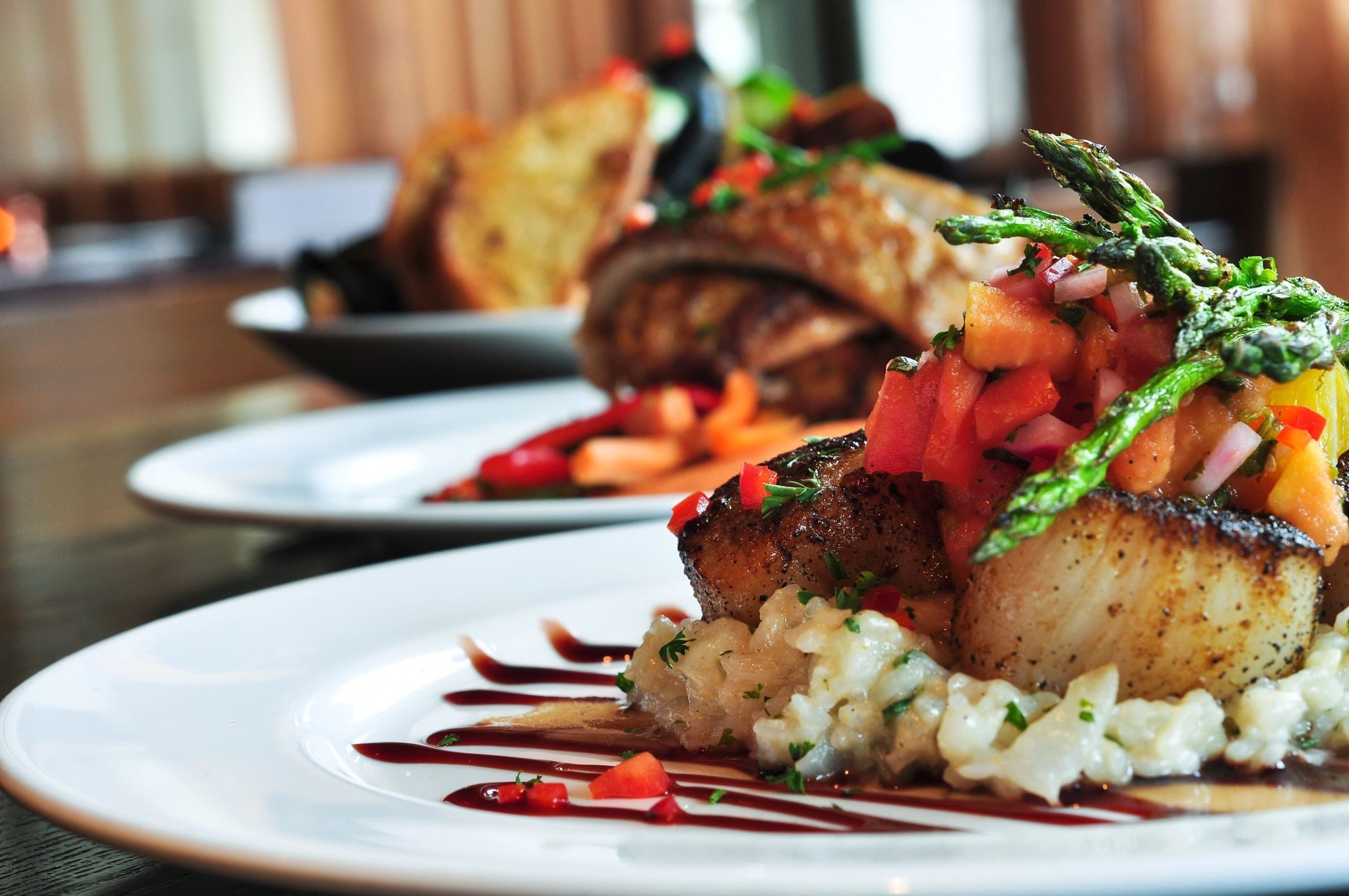Covid-19 outbreak in Kenya was unprecedented for this generation. The first confirmed case in the country was announced on March 12, 2020 and with that, life has not been the same again. Three days later, President Uhuru Kenyatta directed Kenyans to avoid congregations and minimize social gatherings, including in places of worship. He also ordered for the shutdown of all learning institutions.
These were the first containment measures that greatly disrupted people’s way of life as they knew it and they were still not ready for what was ahead. On March 25, the government ordered a partial lock-down and a curfew from 7pm to 5am. This was the first national curfew since the failed coup of August 1, 1982, meaning the average “outgoing” youth hadn’t experienced such a situation. This was further escalated by the lock-down of Nairobi, Kilifi, Kwale and Mombasa counties for 21 days in April, limiting movement from and into the cosmopolitan region.
The measures disrupted Kenya’s economy in various ways and jobs and businesses were lost, the night economy shut down, education calendar suspended and transport cut off. The World Bank through a survey confirmed that unemployment almost tripled compared to the pre-Covid-19 level.
The containment measures led to reduced job opportunities and thus lower earnings. Many companies retrenched staff or had some workers work from home to contain the spread of the virus. Others shutdown altogether. Among the worst hit sectors was the travel industry due to the shutdown of both local and international travel and the hospitality sector as hotels, bar and restaurants. Consequently, the pandemic increased poverty by resulting in two million ‘newly’ poor Kenyans.
About 30% of Kenyans, who had remuneration in January 2020 had been laid off by March 2020 and this led to reduced food consumption and entertainment. Some Kenyans, however for the love of the bottle still got ways of bypassing the regulations and house parties became popular.
In regards to education, when schools were closed to curb the spread of the virus, digital learning was offered as an alternative for students. Unfortunately, this didn’t cater for the majority due to various challenges among them lack of electricity, gadgets, internet access as well as digital awareness.
The majority of the students lost learning time and teacher-learner contact for months. The implication for the shutdown is still being felt today, as the education stakeholders operate a crash program, whose pressure on students has been blamed for the recent school fires.
Just like pressure on students, mental health illnesses increased during the pandemic period resulting in sleep disruptions, anxiety, trauma, suicidal thoughts, and panic attacks. A study by Kaiser Family Foundation found that in January, 41% of adults reported symptoms of anxiety and/or depressive disorder. The fear of the uncertain future and virus stigma escalated mental health crisis in the country. People were used to meeting up with their friends and share their problems face to face, but with the pandemic, this was not possible. The best someone would get was a hug and love emoji.
This anxiety and fear led to aggression and violence and thereby increased levels of domestic violence. Human Rights watch said the pandemic facilitated an increase in sexual and other forms of violence against women and girls. They found that there was a staggering 301% increase in calls reporting violence against women and girls in the first two weeks of the lock-down. That was only between March and April 2020.
While life is slowly returning to normal following the lifting of the containment measures on October 20, 2021 the implications continue to bite, particularly as the cost of living is still rising.
